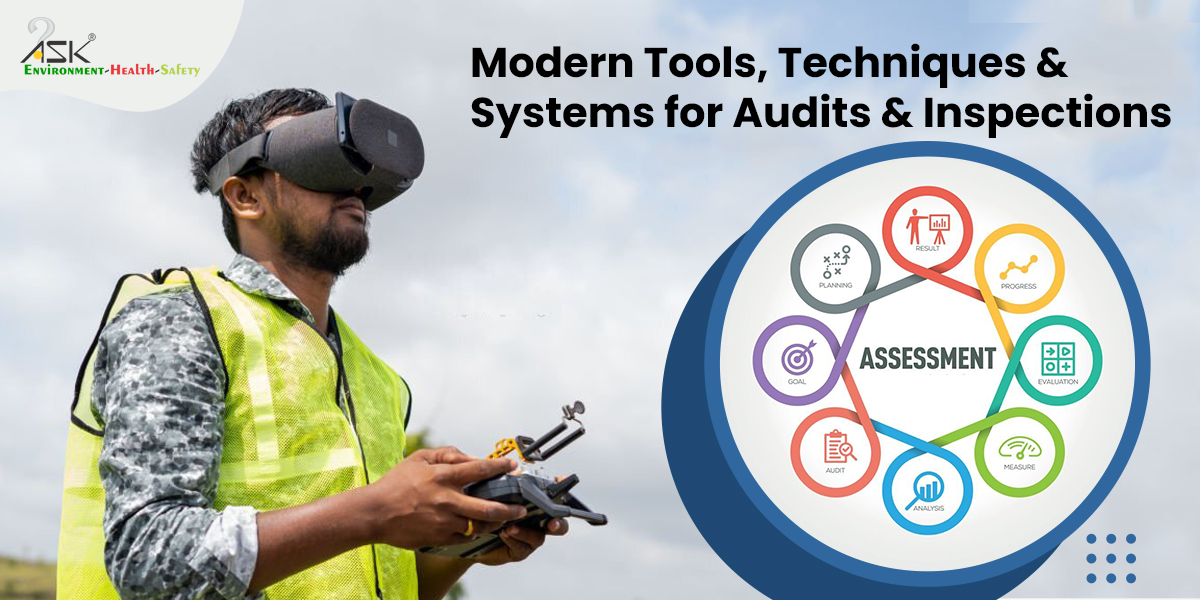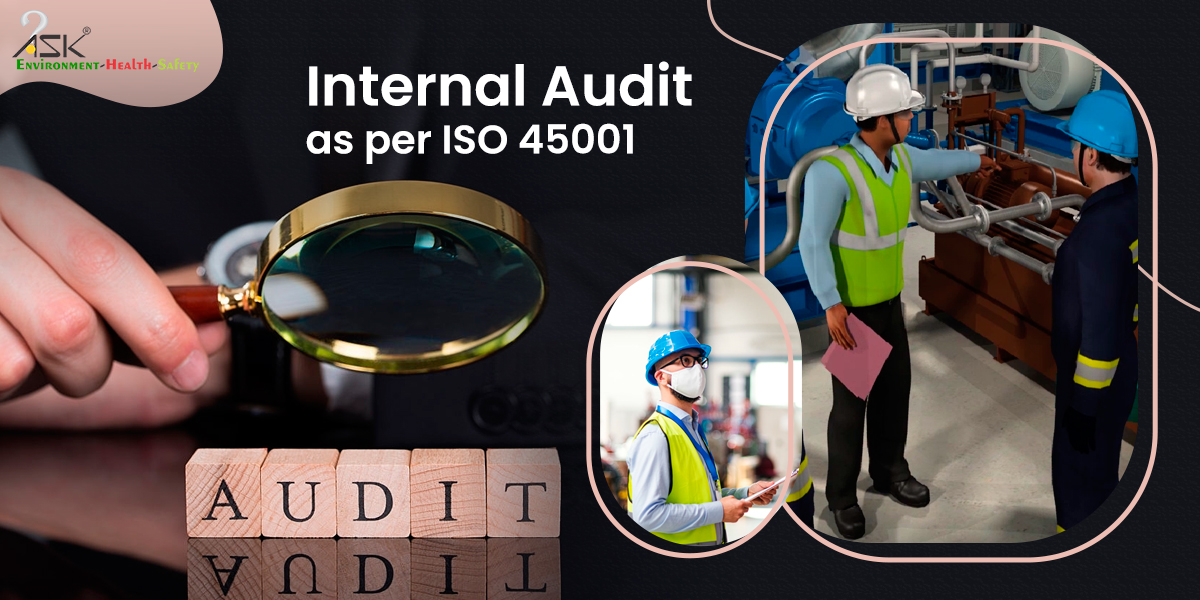OHS Audits simplified

OHS audits target identification of strengths and weaknesses within an OHS Program operating in a workplace to ascertain effectiveness of OHS policy, plan and execution in areas such as responsibility, authority and accountability with the help of hazard identification and risk control, training, communication and such other measures.
The final steps in the health and safety management control cycle are auditing and performance review. Organizations need to be able to reinforce, maintain and develop the ability to reduce risks. The ‘feedback loop’ produced by this final stage in the process enables them to do this and to ensure continued effectiveness of the health and safety management system.
It is worth noting that Audit is mandated both under the Factories Act, 1948 and the Building and Other Construction Workers’ (Regulation of Employment and Condition of Service) Act 1996 and is to be conducted as per IS: 14489 (1998)/OISD/etc. by an authorized agency or person who is approved by DGFASLI/DGMS annually and audit report is required to be submitted to the Enforcing Authorities.
Auditing shows how effectively plans and the components of health and safety management systems are being implemented. In addition, it also provides a check on the adequacy and effectiveness of the management arrangements and risk control systems (RCS).
Audit Frequency
The requirement to perform an audit is determined by individual owner or client, depending upon specified regulatory requirements and other ruling factors. Significant changes in organizational policy, management changes, technologies or techniques that might affect the OS&H system, or changes to the system itself and results of recent previous audits, are typical of the circumstances to be considered when deciding audit frequency.
Organizations having a combination of both internal and external OS&H audit system is recommended. Depending upon the organizations, external audit can be conducted once in two years, or as specified by any statute, the frequency of internal audit can be set once in every year. Frequency of internal audits can be increased depending upon the records of accidents and dangerous occurrences and high risk areas and activities.
Auditor’s Responsibilities
- Complying with the applicable audit requirements
- Planning and carrying out assigned responsibilities effectively and efficiently
- Documenting the observations
- Reporting the audit results
- Verifying the effectiveness of corrective actions taken as a result of the earlier audits (if requested by the client)
- Retaining and safeguarding documents pertaining to the audit and treating, privileged information with discretion
- Cooperating and supporting the lead auditor
Importance of Reviewing and Auditing Performance
Auditing enables management to ensure that its policy is being carried out and that it is having desired effect. Auditing complements the monitoring programme.
Audit is different from inspection in a way that it assesses the organization’s ability to meet its own standards on a wide front, rather than providing a ‘snapshot’ of a particular site or premises.
The best health and safety audit systems are capable of identifying deviations from agreed standards, analyzing events leading to these deviations and highlighting good practice. They look especially at the ‘software elements of health and safety, such as systems of work, management practices, instruction, training and supervision, as well as the more traditional ‘hardware’ elements, which include machinery guarding and the use of personal protective equipment.
Recommendations
Recommendations by the auditor to the auditee plays an important role for the improvements to the OS&H system.
For an organization with OS&H system well specified requirements; it is sufficient to point out nonconformities with the requirement. However, when these are not well laid down, it becomes very essential to make recommendations. These recommendations are of two types:
For improvement in the system’s specified requirements and for more effective implementation of the specified requirements of the system.
Auditee determines the extent, the ways & means of actions which can improve the OS&H system as per recommendations of the audit team. However, the recommendations regarding compliance with statutory and legal requirements are to be fully implemented.



So informative site , please give us info about indian regulations with requirements.